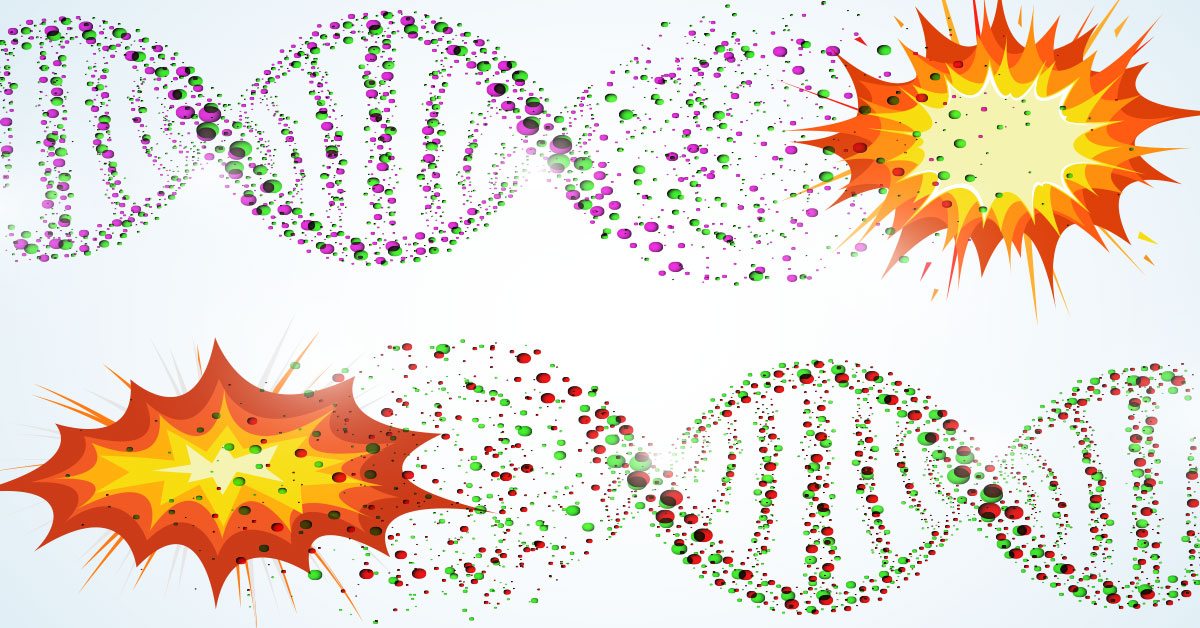
New research from Chinese scientists shows that CRISPR/Cas9 gene editing causes massive damage to the genome, much of which would have been missed by the analytical tools used so far.
In a previous study, the same authors described a novel DNA sequencing procedure, which they called a “primer-extension-mediated sequencing assay” or PEM-seq. By applying this procedure, they found that DNA double-strand breaks (DSBs) brought about by the CRISPR/Cas9 gene-editing tool could lead to unintended chromosomal translocations and large deletions.
In their latest follow-up report, the researchers describe a new computer program, which enabled them to analyse the PEM-seq data to greater depth than previous programs had allowed. They used this program to analyse real sequence data from their own new experiments, as well as previous ones, following CRISPR/Cas9 gene editing in mouse and human cells.
In gene editing, while the initial double-strand break made by the DNA “scissors” or gene-editing tool can be targeted to a given location, the subsequent DNA repair that makes the “edit” is performed by the cell’s own repair mechanisms and is not controllable or precise. The researchers analysed the outcomes of the gene edit – and found what they call “tremendous deleterious DSB repair byproducts of CRISPR/Cas9 editing”.
The unintended outcomes or genetic errors ranged from unintended small insertions or deletions (indels) to large deletions, plasmid (gene-editing tool delivery vehicle) integrations, and chromosomal translocations.
The researchers wrote, “Our findings provide an extra dimension for genome editing safety besides off-targets” – the well documented unintentional DNA damage at locations of the genome that were not targeted for editing. They added, “Caution should be exercised to avoid not only off-target damages but also deleterious DSB repair byproducts during genome editing.”
Worryingly, these unintended deleterious outcomes of gene editing were not overcome even when a high-fidelity CRISPR/Cas tool was used. Furthermore, when components of the DNA repair machinery were inhibited in an attempt to force a specific gene sequence modification outcome (known as SDN-2), this resulted in large deletions, large insertions, and DNA cuts around the start site of genes.
 RSS Feed
RSS Feed















 April 2nd, 2021
April 2nd, 2021  Awake Goy
Awake Goy  Posted in
Posted in  Tags:
Tags: 













